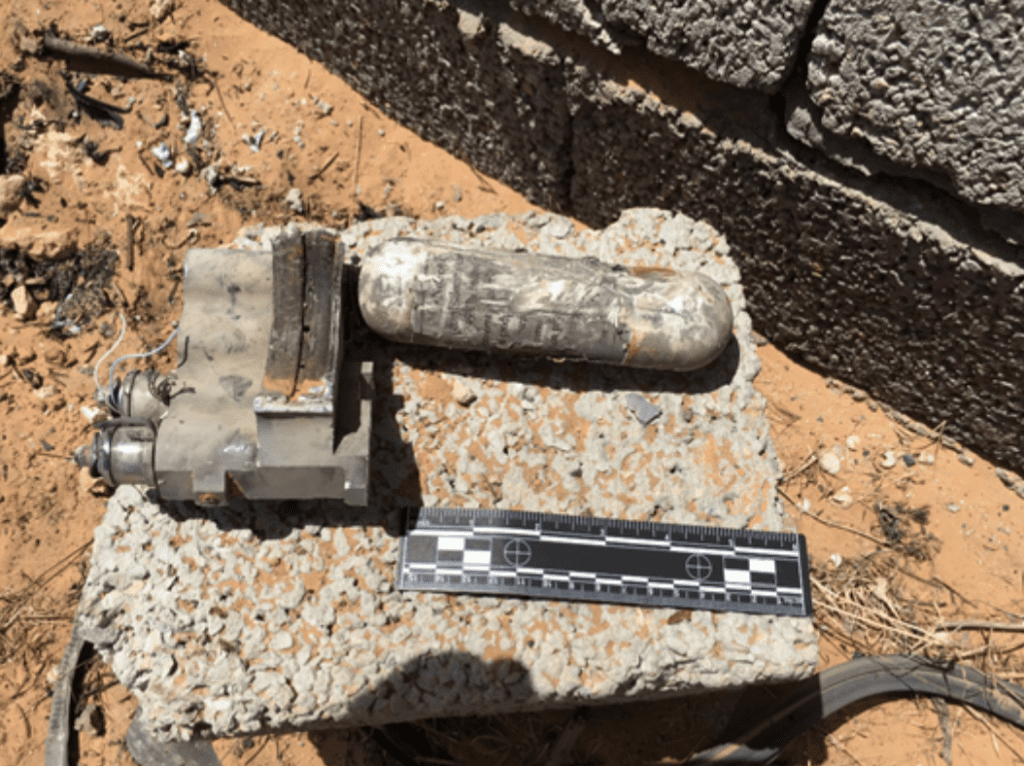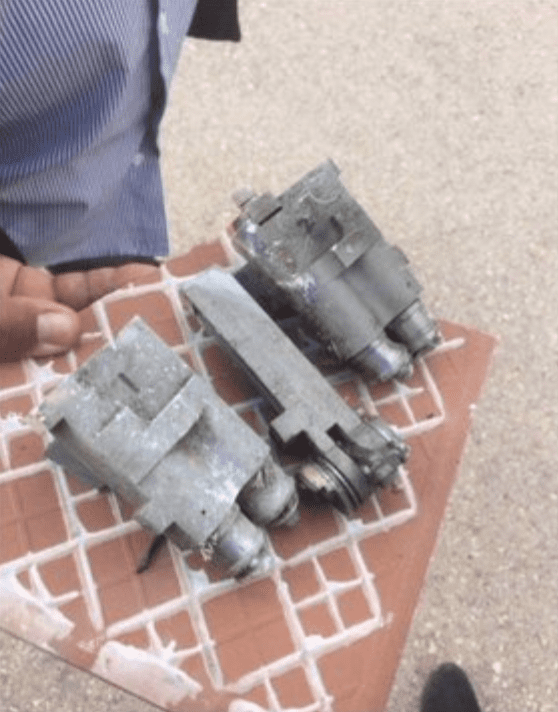In Hollywood movies, weapons trafficking is done by secret agents in hidden back alleys; the job of spies and underground networks. But over the last year in Libya, not only have the violations of the arms embargo happened in broad daylight, they are splashed on social media and easily discoverable by open source investigators.
Despite affirming to uphold the embargo at a recent UN-backed peace conference on Libya in Berlin, multiple states have continued to violate it.
Brian Castner
The UN Security Council imposed a comprehensive arms embargo on arms supplies to and from Libya in February 2011 (Res 1970). Since June 2016 (Res 2292), the Security Council has authorized member states to inspect vessels on the high seas off Libya’s coast believed to be in violation of the arms embargo.
But, despite affirming to uphold the embargo at a recent UN-backed peace conference on Libya in Berlin, multiple states have continued to violate it. The most flagrant examples have involved the deployment of modern sophisticated military vehicles and aircraft, in the form of armoured trucks and drones. In May 2019, the Amazon, a roll-on/roll-off (RoRo) cargo ship registered in Moldova, docked in Tripoli and unloaded dozens of distinctive Turkish-made Kirpi armored vehicles for delivery to Government of National Accord (GNA) forces.
In the following months, it became clear that these vehicles were used in combat on the front lines.
The other obvious example of Turkish support to the GNA comes in the form of homemade TB2 drones, identifiable from their distinctive triangular tail.
On 21 January 2020, a TB2 crashed near the Mitiga Airport; the aircraft is identifiable from the orange bands on the tail boom, and the shape and configuration of the control surfaces on the tail. In this case, the Turkish flag had been removed and a Libyan one added, possibly as a crude attempt to claim that the arms embargo had not been violated.
While the GNA have access to smaller and shorter-range Turkish drones, the Libyan National Army (LNA) has even more access to Chinese Wing Loong drones, flown by Emirati pilots. Not only can these aircraft fly longer and farther than TB2s, they also carry a heavier payload, in the form of Chinese Blue Arrow 7 missiles. During a field mission to Tripoli in August 2019, while standing in the craters of air strikes, I found many examples of Blue Arrow 7 fragments. These are easily identifiable from the servos and white gas bottles that usually survive detonation.

The most recent egregious example of an LNA airstrike occurred on 4 January 2020, when a Blue Arrow 7 missile struck a formation of cadets at a military college in Tripoli, killing 28 and wounding 23, according to news reports. CCTV captured the strike.
The LNA would initially take credit for the strike. Later, after mounting criticism, they claimed that a suicide bomber from another force had conducted the attack, or perhaps that it was all staged by the GNA. However, scrap discovered at the scene clearly matches the servos of a Blue Arrow 7, which, in Libya, are only fired by UAE drones on behalf of the LNA.

At the recent Berlin Conference, both sides agreed to focusing on policing themselves, particularly in regards to the UN arms embargo. That will be put to the test immediately, as the first indication of a new violation of the embargo is likely to be a drone strike carried out by an outside power.
The international community must not stand for this – all states must uphold the UN arms embargo on Libya and work with the UN Human Rights Council to urgently establish a commission of inquiry or similar mechanism to preserve evidence of war crimes and other violations and pave the way for justice and reparation for the victims and their families.


